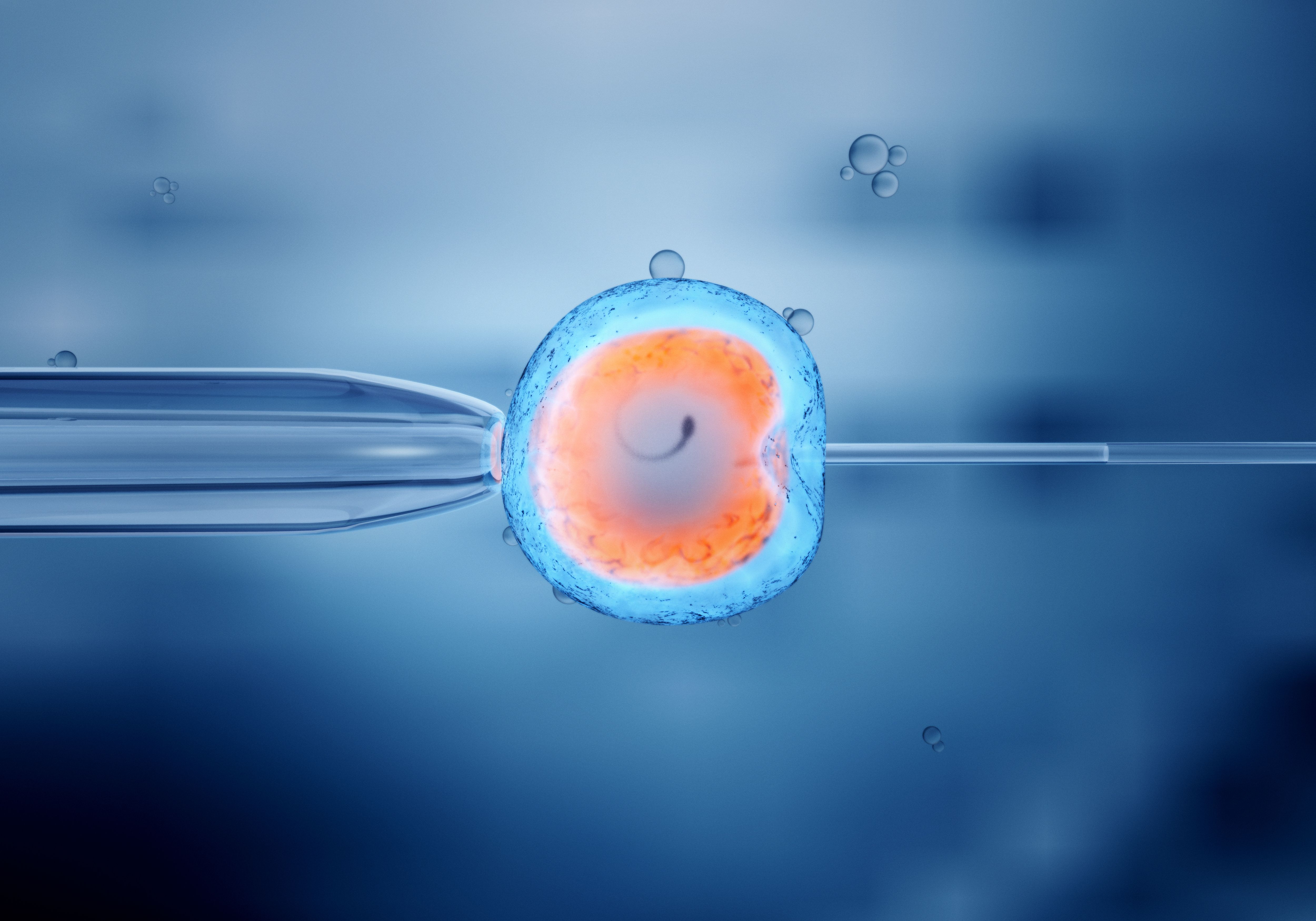In vitro fertilization (IVF) comprised 2.5% of births in 2022, according to clinic-specific assisted reproductive technologies (ART) data released by the Society for Assisted Reproductive Technology (SART).1
Takeaways
- In 2022, IVF accounted for 2.5% of US births, with numbers increasing from 89,208 in 2021 to 91,771.
- The number of ART cycles conducted at SART clinics rose by 6%, indicating a growing demand for fertility services despite potential legal and political challenges.
- Egg freezing cycles also saw a significant increase, from 24,560 in 2021 to 29,803 in 2022.
- Elective single embryo transfer gained traction across age groups, contributing to a decrease in multiple births from 5% to 4%.
- Live birth rates per intended egg retrieval varied significantly among age groups, emphasizing the importance of personalized fertility treatment plans based on age and individual factors.
An increase in the number of babies born from IVF was observed from 89,208 in 2021 to 91,771 in 2022, indicating 2.5% of US births were performed by successful ART cycles. Additionally, an increase in IVF cycles conducted at SART clinics of 6% was reported, from 368,502 in 2021 to 389,993 in 2022.
Alongside an increase in the number of ART cycles performed, an increase was also observed in the number of egg freezing cycles, from 24,560 in 2021 to 29,803 in 2022. This data indicated a rise in patients seeking fertility services despite hostile legislation and threats of political interference.
Elective single embryo transfer, a method of decreasing multiple birth risk, has also been increasingly selected across all age groups. This has led the rate of multiple births to decrease from 5% in 2021 to 4% in 2022.
In SART members clinics, transferal of a single embryo to patients was reported in 70.7% of all cycles in 2021 and 73.9% of all cycles in 2022. A significant increase in singletons among babies born by ART has also been observed, at almost 96% in 2022 vs only 80% in 2015.
Differences among age groups was also reported in the national summary report.2 The rate of live births per intended egg retrieval was 43.1% among patients aged under 35 years, vs 31% among those aged 35 to 37 years and 19% among those aged 38 to 40 years. Among patients aged over 42 years, the rate was only 3.2%.
Patients and potential patients can analyze the national summary report, alongside clinic-specific data for every SART member clinic, at the SART website.1
References
- IVF-assisted pregnancies constitute 2.5% of all births in 2022. ASRM. April 16, 2024. Accessed April 24, 2024. https://www.asrm.org/news-and-events/asrm-news/press-releasesbulletins/ivf-assisted-pregnancies-constitute/
- Preliminary national summary report for 2022. SART. Accessed April 24, 2024. https://sartcorsonline.com/CSR/PublicSnapshotReport?ClinicPKID=0&reportingYear=2022

